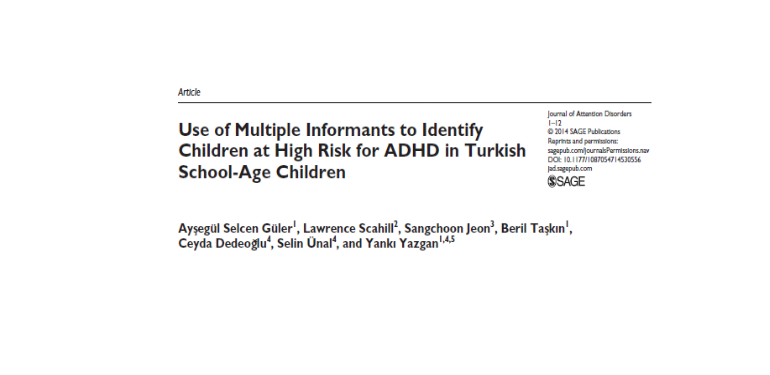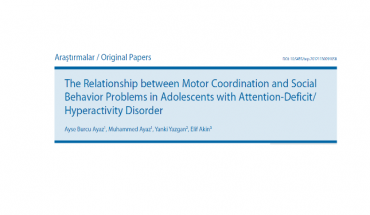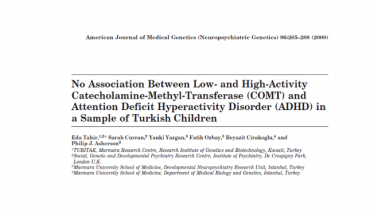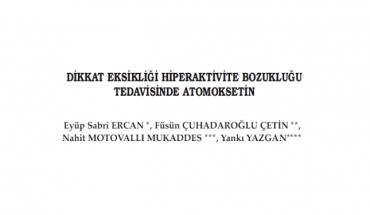Abstract
Objective: To examine the distribution of parent- and teacher-rated ADHD symptoms in a Turkish community sample to identify children at high risk for ADHD and to explore the psychosocial correlates of these high-risk children. Method:An 18-item SNAP-IV (Swanson, Nolan, and Pelham) and a three-item impairment scale were completed by parents and teachers on 3,110 children between 7 and 14 years of age from three public schools in Istanbul. Results: Using various case definitions for ADHD, we observed a range of prevalence estimates based on parent (2.7%-9.6%) and teacher (2%-10.1%) reports. Teacher-identified ADHD was associated with low family income and low parental education; parent-identified ADHD was associated with perceived need for mental health treatment. Conclusion: Statistically driven threshold on a symptom scale may overestimate the rate of high-risk children. Relying on one informant is likely to miss some children at high risk. As in clinical practice, therefore, data from multiple informants and evidence of impairment are essential for identifying ADHD.
Keywords: ADHD, school sample, informants, Turkey




